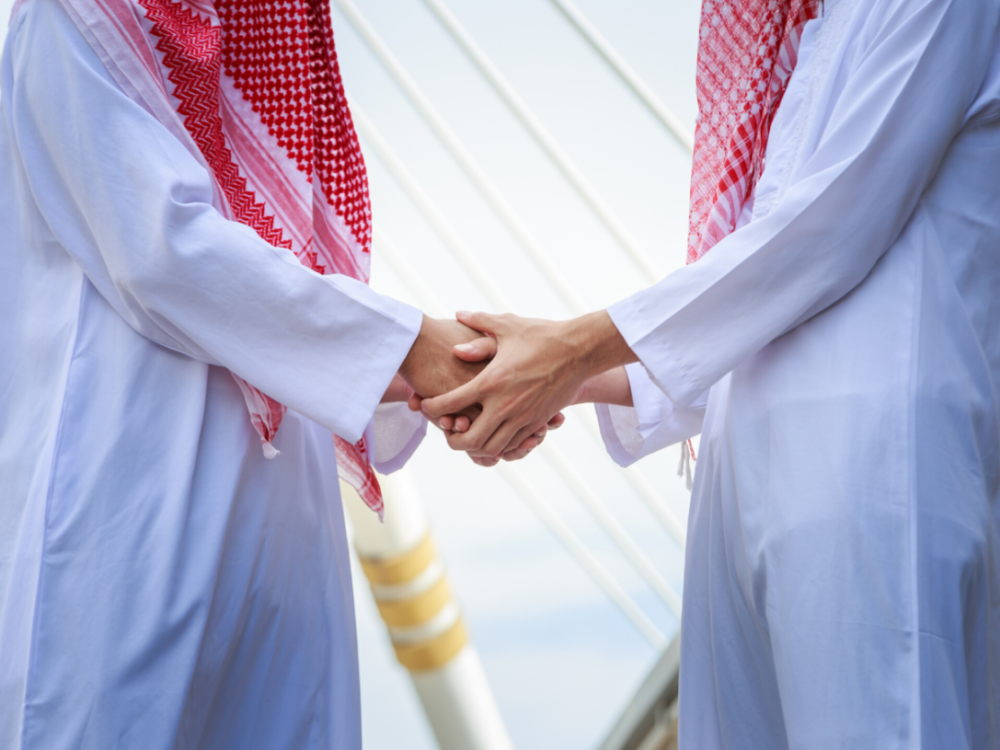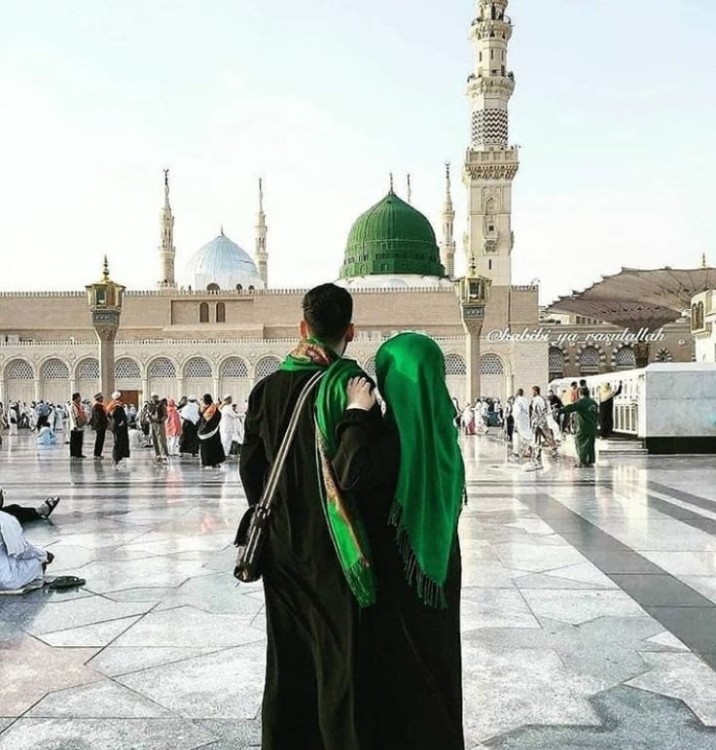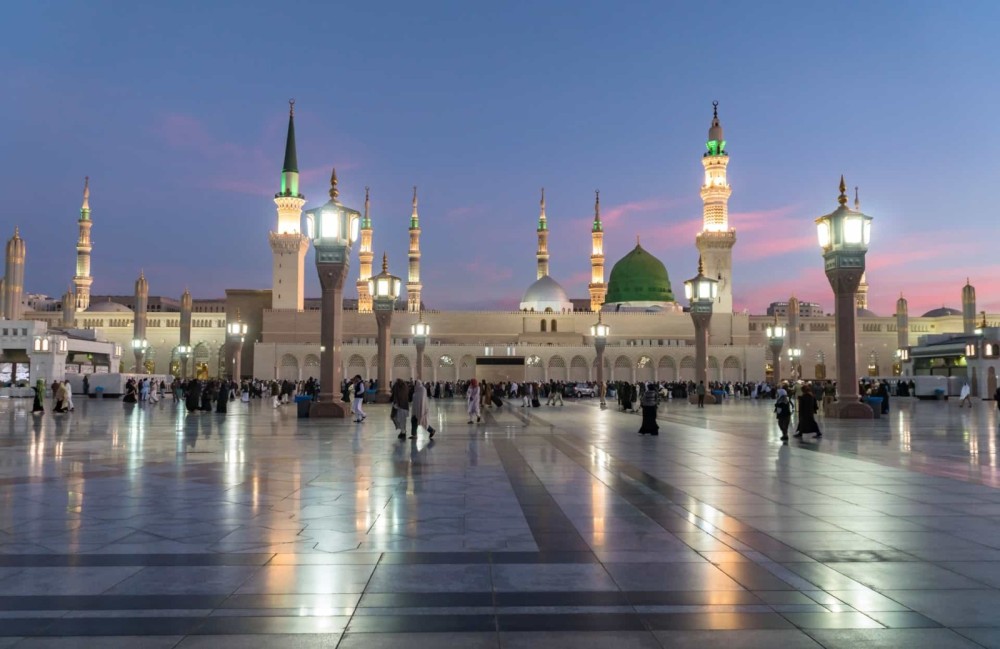- Saudi Arabia
- Things to do in Medine
- Cultural Etiquette in Medina: How to Respect Local Traditions
Cultural Etiquette in Medina: How to Respect Local Traditions
Visiting Medina is a deeply enriching experience, but understanding and respecting local customs is essential. As a city of great religious significance, Medina has cultural norms that visitors should follow to ensure a respectful and enjoyable stay. Here’s a guide to proper etiquette when exploring this sacred destination.


1. Dress Modestly to Show Respect
Modesty in clothing is highly valued in Medina. Men should wear loose-fitting attire, while women are expected to wear an abaya, though covering the face is optional for non-Muslim visitors. Dressing appropriately not only shows respect but also helps visitors blend in with the local culture.

2. Observe Proper Behavior in Sacred Sites
Medina is home to some of Islam’s holiest places, including the Prophet’s Mosque. Visitors should remain quiet, avoid loud conversations, and refrain from taking unnecessary photos. Non-Muslims are not permitted inside the mosque, but they can appreciate its beauty from the surrounding areas.

3. Greet Locals with Courtesy
When interacting with locals, a simple "As-salamu alaykum" (peace be upon you) is a respectful greeting. Handshakes are common between men, but physical contact between unrelated men and women is generally avoided. Using polite language and a friendly tone helps create positive interactions.

4. Be Mindful of Prayer Times
Prayer is an essential part of daily life in Medina. Shops, restaurants, and markets often close during prayer times, so visitors should plan accordingly. If you hear the call to prayer, it’s respectful to pause and allow people around you to prepare for their worship.

5. Follow Dining and Social Customs
Medina’s dining culture is deeply rooted in hospitality and tradition. Meals are often shared, and guests are warmly welcomed. Eating with the right hand is customary, and it is polite to accept food or drinks when offered. If invited to a local’s home, removing your shoes before entering is a sign of respect. It’s also important to wait for the host to begin the meal and to express gratitude after dining. Social gatherings emphasize warmth and generosity, so showing appreciation and engaging in
You may also like these
Copyright © 2025 All Rights Reserved


